Early Warning On Global 2020 Sulphur Cap Compliance – Paris MoU
The Maritime Authorities of the Paris and the Tokyo Memoranda of Understanding (MoU) on Port State Control will start issuing a letter of warning from 1 January 2019 on the sulphur content of marine fuels during inspections in order to increase awareness of and to encourage timely compliance with the new requirements.
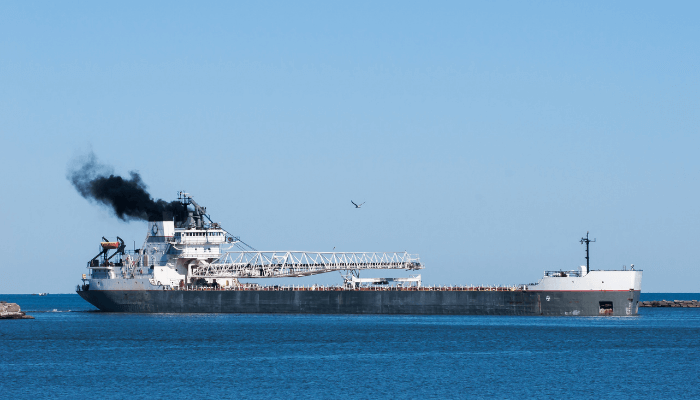
The requirement of maximum sulphur content of 0,50% m/m for marine fuel oil will enter into force on 1 January 2020, which is known as the global 2020 sulphur cap. The implementation of the global 2020 sulphur cap will have considerable implications on ship operators, the fuel oil supply chain and the industry as a whole.
For the purpose of facilitating smooth and consistent implementation of the global 2020 sulphur cap, the Paris and the Tokyo Memoranda will carry out a joint information campaign by issuing a letter of warning to ships during inspections from 1 January to 31 December 2019. The aim is to increase awareness of the ships’ crew and company on the matter and to remind and encourage compliance with Regulations 14 (*1,*2) and 18 of MARPOL Annex VI from 1 January 2020.
The letter of warning will be issued to ships found not yet ready for compliance with the relevant requirements that will enter into force on 1 January 2020.
Reference: parismou.org
Disclaimer :
The information contained in this website is for general information purposes only. While we endeavour to keep the information up to date and correct, we make no representations or warranties of any kind, express or implied, about the completeness, accuracy, reliability, suitability or availability with respect to the website or the information, products, services, or related graphics contained on the website for any purpose. Any reliance you place on such information is therefore strictly at your own risk.
In no event will we be liable for any loss or damage including without limitation, indirect or consequential loss or damage, or any loss or damage whatsoever arising from loss of data or profits arising out of, or in connection with, the use of this website.
Disclaimer :
The information contained in this website is for general information purposes only. While we endeavour to keep the information up to date and correct, we make no representations or warranties of any kind, express or implied, about the completeness, accuracy, reliability, suitability or availability with respect to the website or the information, products, services, or related graphics contained on the website for any purpose. Any reliance you place on such information is therefore strictly at your own risk.
In no event will we be liable for any loss or damage including without limitation, indirect or consequential loss or damage, or any loss or damage whatsoever arising from loss of data or profits arising out of, or in connection with, the use of this website.
Do you have info to share with us ? Suggest a correction
About Author
Marine Insight News Network is a premier source for up-to-date, comprehensive, and insightful coverage of the maritime industry. Dedicated to offering the latest news, trends, and analyses in shipping, marine technology, regulations, and global maritime affairs, Marine Insight News Network prides itself on delivering accurate, engaging, and relevant information.

About Author
Marine Insight News Network is a premier source for up-to-date, comprehensive, and insightful coverage of the maritime industry. Dedicated to offering the latest news, trends, and analyses in shipping, marine technology, regulations, and global maritime affairs, Marine Insight News Network prides itself on delivering accurate, engaging, and relevant information.
Latest Shipping News Articles You Would Like:
Subscribe To Our Newsletters
By subscribing, you agree to our Privacy Policy and may receive occasional deal communications; you can unsubscribe anytime.




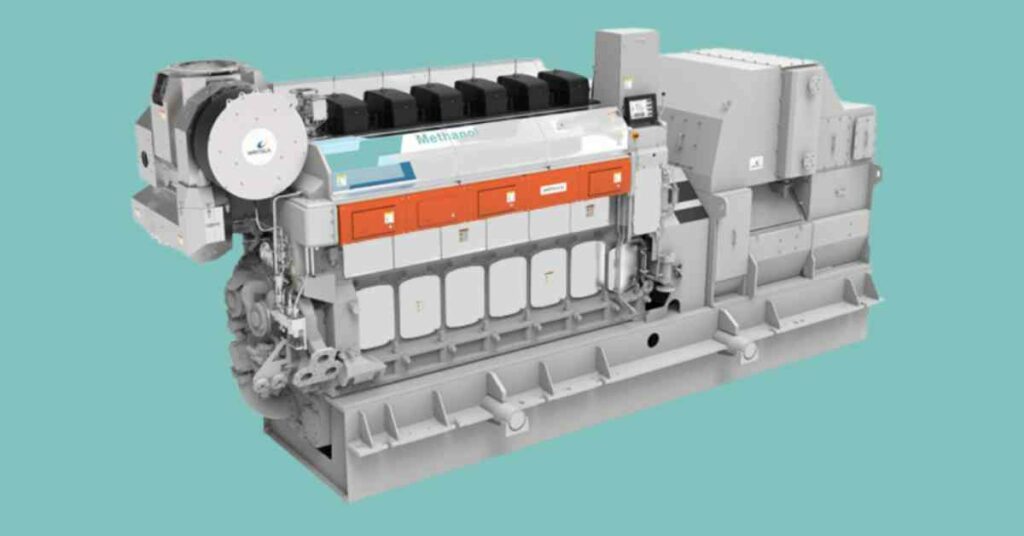


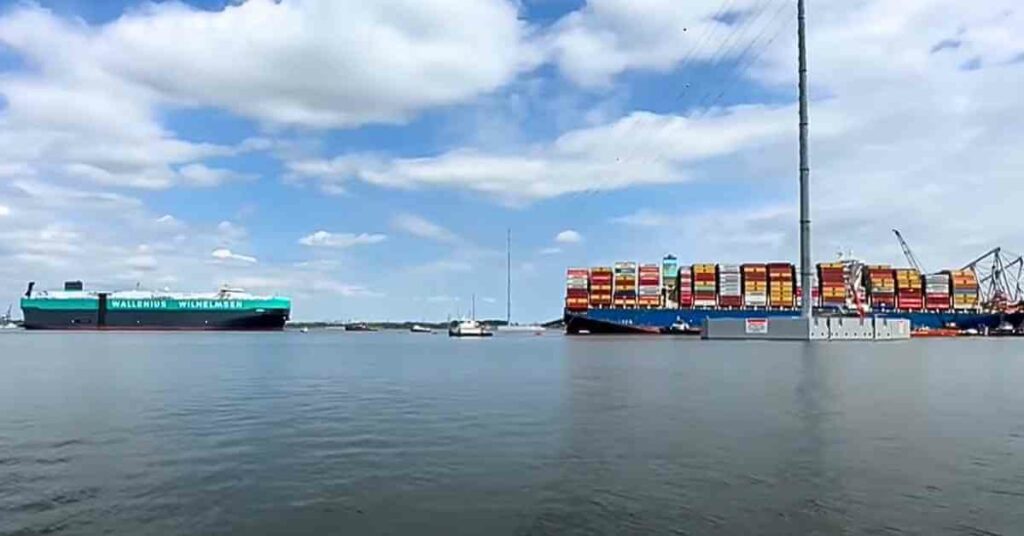
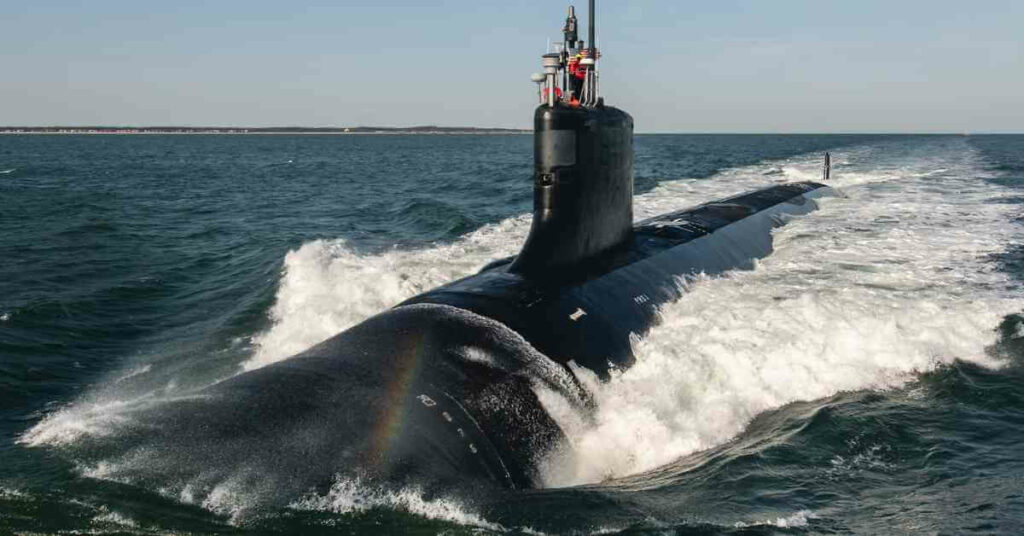
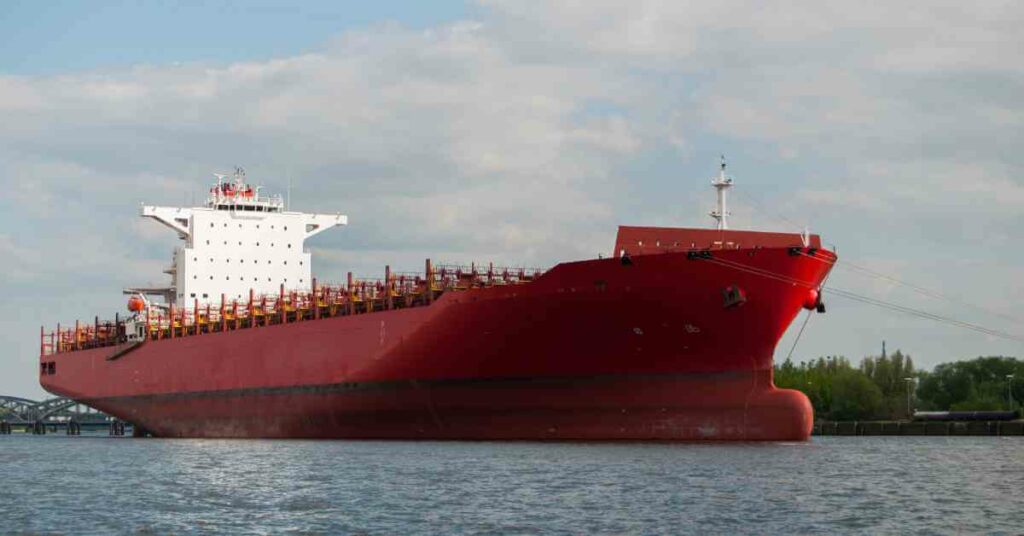
One question:
The focus on Low Sulphur Fuel due to Emission, how is the Fuel with higher content of Sulphur treated? Put back into the ground? My point is that the requirements have to leave residual “leftover” that needs to be treated otherwise, but no environmental focus on this…?